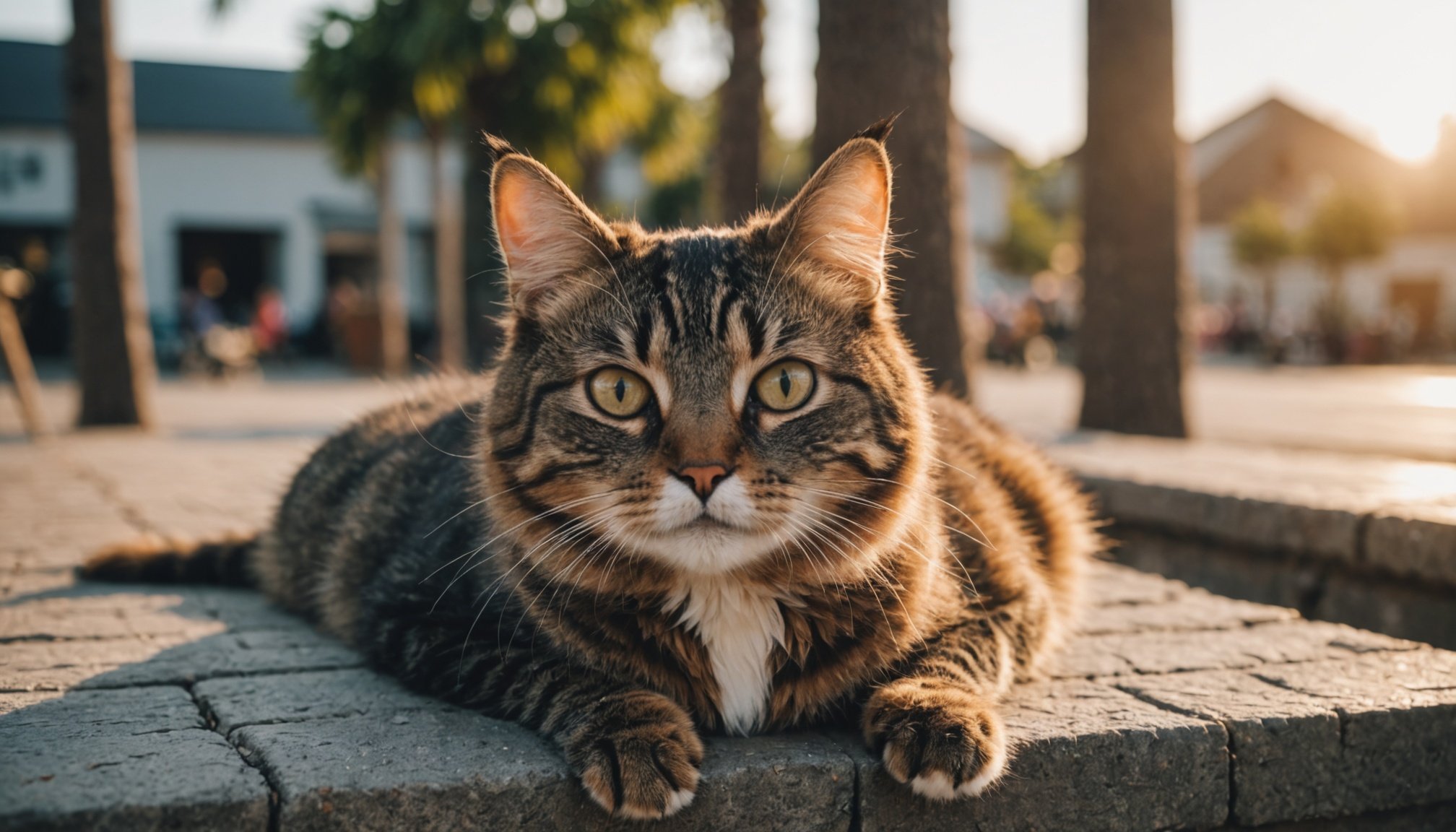Planning a vacation can be a refreshing escape from the daily grind, but the excitement often comes paired with responsibilities, especially when you have a feline companion at home. Cats, known for their independence, still require attention and care when you’re not around. Ensuring their well-being while you unwind is crucial for a stress-free holiday for both you and your pet. This guide will navigate you through the essential considerations to keep your cat safe and content as you plan your getaway.
Understanding Your Cat’s Needs
Before setting off on your holiday, it’s fundamental to assess your cat’s personality and individual needs. Some cats are more sociable and may require human interaction, while others thrive in solitude. Understanding these nuances aids in making decisions that prioritize your pet’s comfort.
Topic to read : What are the signs of over-vaccination in cats, and how can I avoid it?
Behavioral Considerations
Cats are creatures of habit. Any disruption to their daily routine can lead to stress. If your cat is particularly sensitive, sudden changes, such as a new environment or a stranger caretaker, can be overwhelming. In such cases, it may be beneficial to have a trial run with the sitter or gradually introduce your cat to new settings.
Dietary and Health Needs
Your cat’s diet and health should remain consistent during your absence. Ensure you have enough supply of their preferred food and any medication they may need. If your cat is on a specific diet, communicate this clearly to whoever will be in charge of their care. A detailed list of their daily feeding schedule, dietary preferences, and medication instructions is invaluable.
This might interest you : What are the potential health benefits of incorporating wet food into my cat’s diet?
Environmental Needs
Creating a safe and familiar environment is vital. Whether you choose home pet-sitting or a cattery, ensuring that the environment is clean, safe, and engaging for your cat will help minimize stress. Familiar objects, such as favorite toys or blankets, can provide comfort in your absence.
Choosing the Right Care Option
With an understanding of your cat’s needs, it’s time to decide on a suitable care option. There are several paths you can take, each with its pros and cons.
Pet Sitters
Hiring a pet sitter allows your cat to stay in the comfort of their home, maintaining their regular routine. Look for sitters with experience in handling cats, focusing on their credentials and references. Meeting the sitter beforehand and discussing your cat’s habits ensures they are well-prepared for the task.
Catteries and Boarding Facilities
If a pet sitter is not feasible, catteries offer an alternative. Choose a facility with a good reputation, ideally one that offers personalized care. A tour of the premises beforehand can provide peace of mind regarding the environment where your cat will stay.
Friends or Family
Close friends or family members are often great options for cat care. Familiar faces can reduce anxiety for your pet. However, ensure they are comfortable with the responsibility and equipped with all necessary information about your cat’s needs.
Preparing for the Transition
Once you’ve chosen a care option, proper preparation is key to a smooth transition. This ensures not only your cat’s comfort but also clear communication with the caretaker.
Detailed Instructions
Compile a comprehensive guide on your cat’s routine, including feeding times, litter box cleaning, and any special needs. Don’t forget to include emergency contact information, both for yourselves and your veterinarian.
Emergency Plans
Emergencies are unpredictable, but planning can alleviate potential issues. Discuss emergency procedures with the caretaker and ensure they have access to necessary resources.
Trial Runs
Consider doing a trial run, especially if your cat has never been left alone with the caretaker. This allows your pet to adjust and helps the caretaker become familiar with your cat’s habits and preferences.
Communication
Maintain open lines of communication with the caretaker. Regular updates can provide peace of mind and allow you to address any issues promptly.
Ensuring Your Cat’s Well-being During Your Absence
As your departure date approaches, taking measures to secure your cat’s well-being is paramount. This ensures that you can enjoy your vacation without lingering worries about your beloved pet.
Health Checks
A visit to the veterinarian before you leave can catch any potential health issues. Ensure your cat is up-to-date on vaccinations and flea treatments to prevent problems during your absence.
Home Environment
Optimize your home environment for your cat’s comfort. Leave blinds open for natural light, and keep the thermostat set at a comfortable temperature. If using automated feeders, test them in advance to ensure they function correctly.
Entertainment and Enrichment
Cats require stimulation, even when alone. Provide a variety of toys and interactive items to keep them engaged. If possible, arrange for the caretaker to spend time playing with your cat, maintaining their mental and physical well-being.
Emotional Considerations
Cats can sense your impending departure and may exhibit signs of anxiety. Spend quality time with your cat before leaving to reassure them of your affection. Upon your return, be patient as they readjust to your presence.
Planning a vacation involves more than just packing your bags—it requires a thoughtful approach to your cat’s care. By understanding your pet’s unique needs, choosing the right care option, and preparing the caretaker thoroughly, you ensure a smooth experience for everyone involved. With these steps, you can embark on your adventure with the peace of mind that your feline friend is safe, secure, and content in your absence. Remember, a well-planned vacation is not only a retreat for you but also an exercise in trust and responsibility towards your beloved pet.









